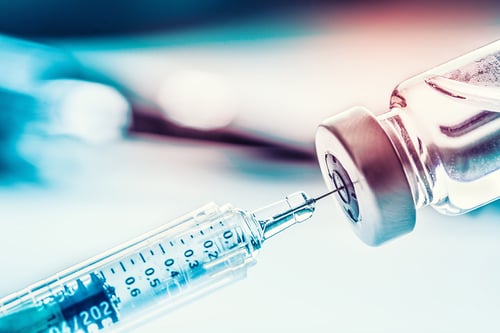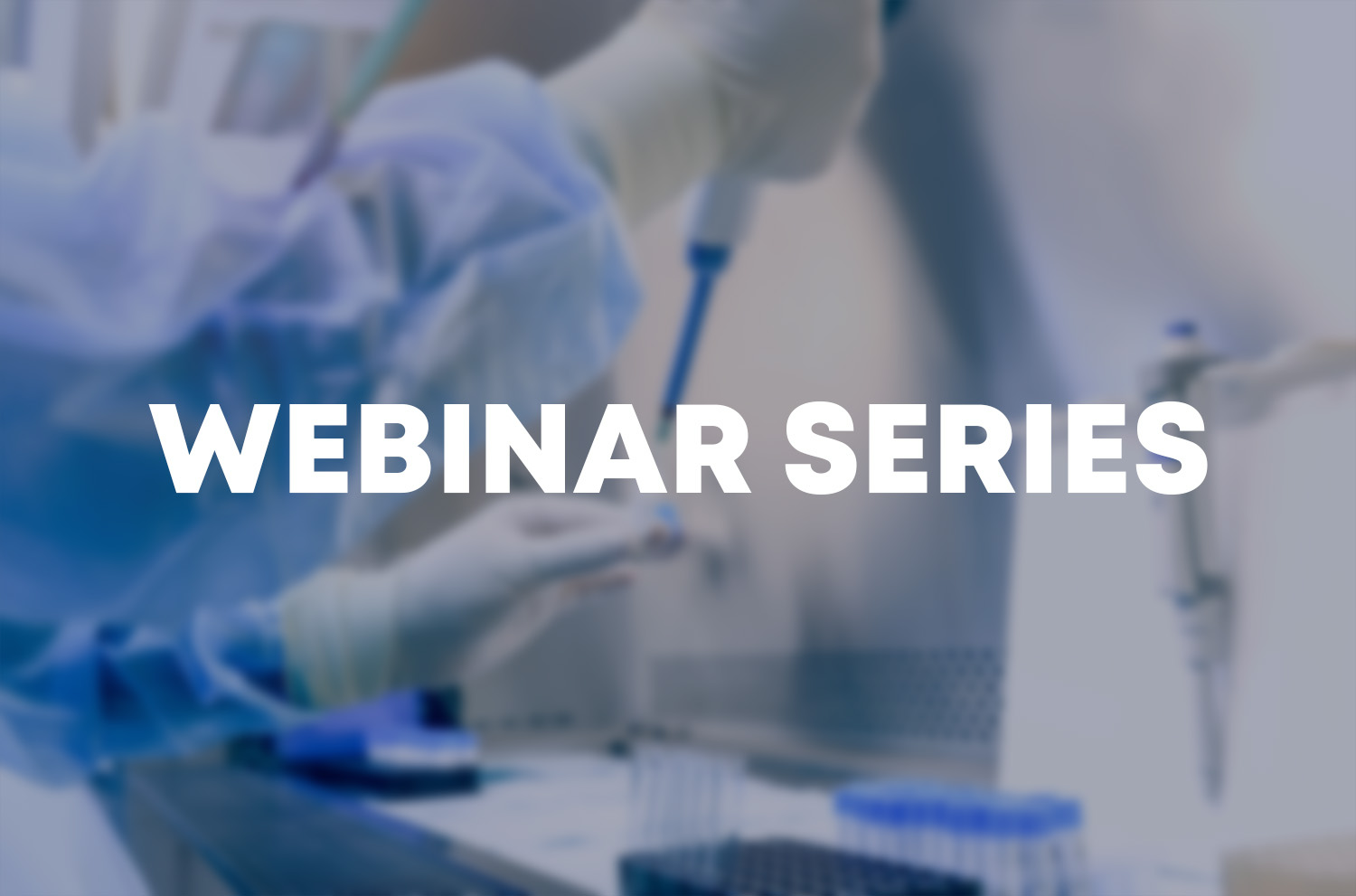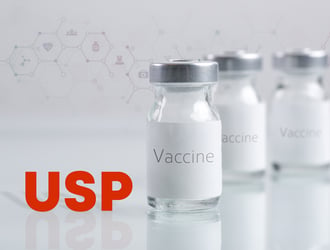Monitoring particles in biotherapeutics during manufacturing is critical to ensure product quality and to meet regulatory requirements on particle content. In the United States, these requirements are set by the United States Pharmacopeia (USP). While USP is responsible for these guidelines in the US, many of these particle limits are harmonized with those in the European and Japanese pharmacopeias, meaning they generally agree on how particle content should be measured and the limits on particle content are. Knowing USP requirements is helpful for most biotherapeutic researchers and especially those who work with drug products that will be sold in the US.
We highly recommend USP’s webinar series “All the Particulars on Particles” for those interested in learning more about the requirements for particles in drug products. These quarterly webinars have discussed USP’s requirements and recommendations for monitoring particles in drug products and expanded into current issues with particle monitoring, such as identifying silicone oil droplets and analyzing particles in cell and gene therapies.
The first session in this series (Introduction to Particulate Matter and USP Standards) provides a great overview of USP’s regulations, particle types, and sources in biotherapeutics. It includes:
1. The main particle size ranges that companies are expected to monitor (visible and subvisible particles),
2. The USP chapters that pertain to each size range,
3. The limits described in those chapters.
The session also provides information on equivalent requirements in the European and Japanese pharmacopeias and where their guidelines differ. Anyone interested in subvisible particle characterization will find the third session covering USP’s guidance on subvisible particles especially useful. The webinar covers USP <787>, <1787>, <788>, <1788>, and the requirements for this size range, as well as USP’s recommendations for orthogonal subvisible particle measurements.
Anyone interested in subvisible particle characterization will find the third session covering USP’s guidance on subvisible particles especially useful. The webinar covers USP <787>, <1787>, <788>, <1788>, and the requirements for this size range, as well as USP’s recommendations for orthogonal subvisible particle measurements.
Flow imaging microscopy (FIM), the measurement principle used by FlowCam instruments, is referenced in this presentation as a valuable orthogonal subvisible particle measurement technique to compendial methods like light obscuration. The presentation also reviews some best practices for using the compendial methods and FIM and setting up a general subvisible particle monitoring scheme (e.g., number of samples to test, setting acceptance criteria for testing, etc.).
The webinar series is a fantastic resource for researchers interested in analyzing particles in biotherapeutics and especially for those new to these regulations. Recordings of the previous webinars in this series and future sessions can be found here: https://uspharmacopeia.csod.com.
If you would like to learn more about USP standards for monitoring particles, but don't have time for a webinar, download our white paper:
USP Reference Standards for Subvisible Particulate Matter










